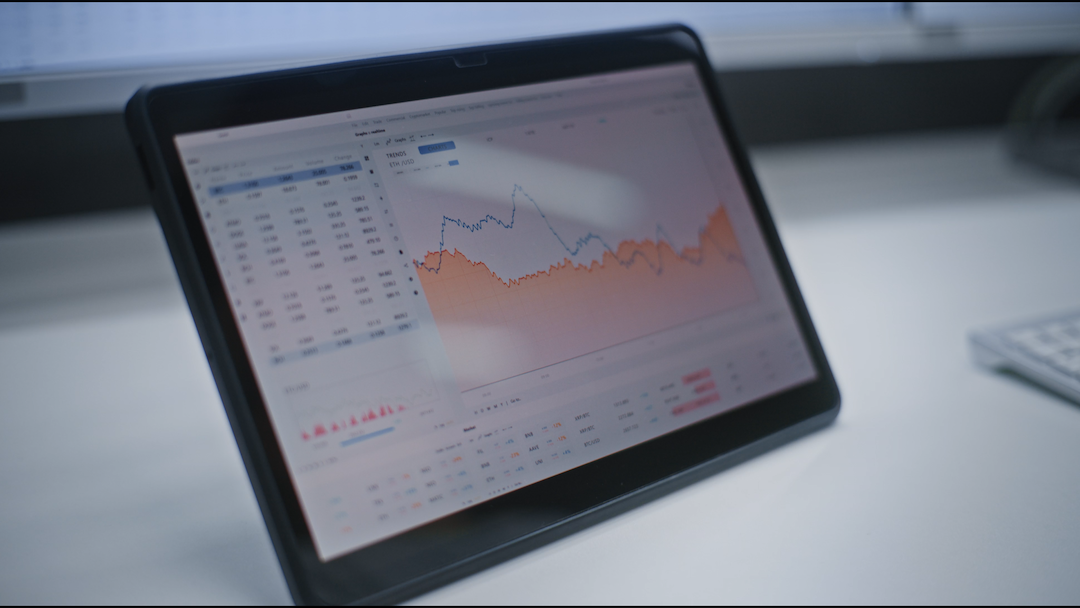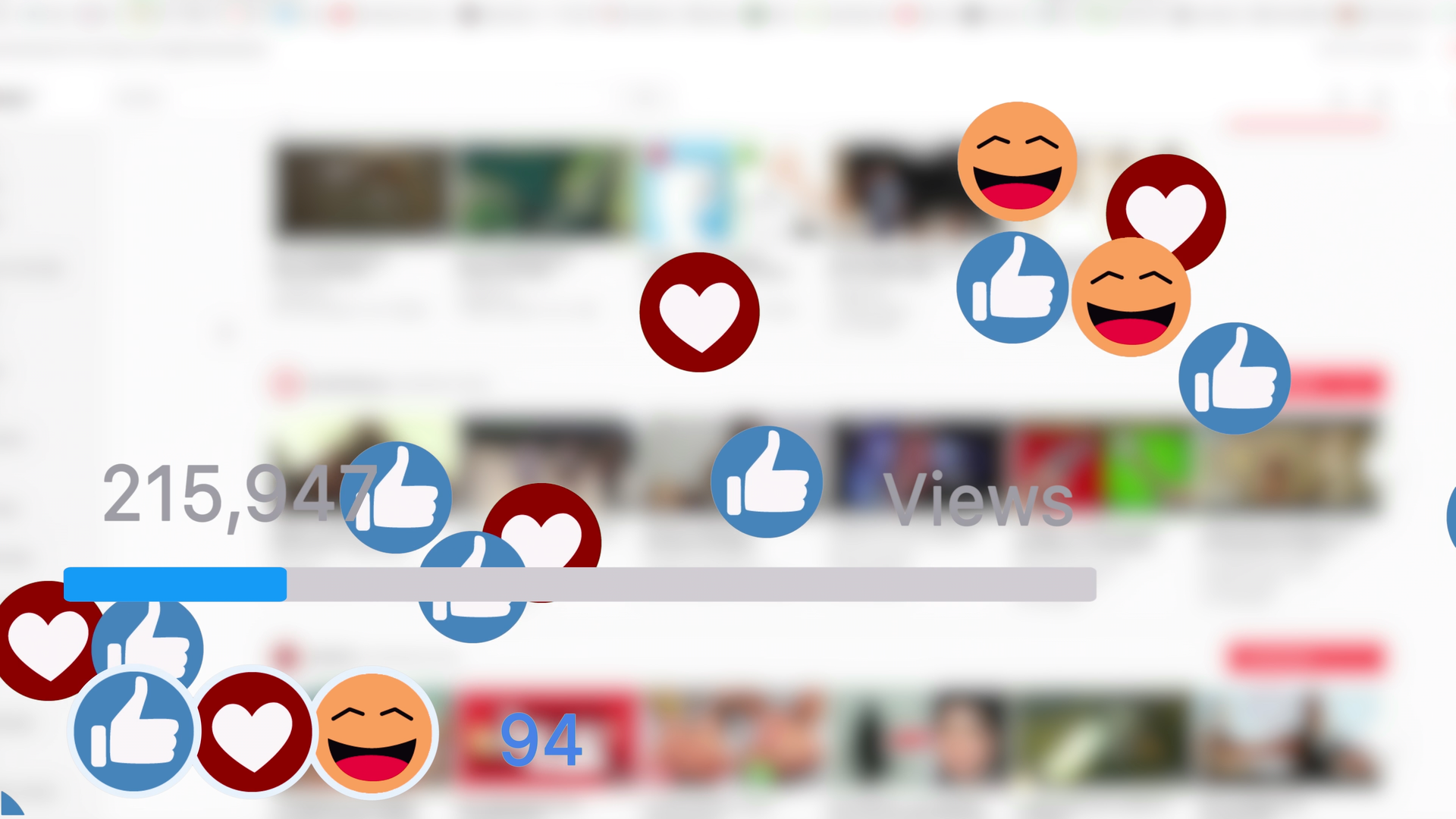Decoding Video ROI: How to Measure the Success of Your Video Marketing Investment
You know video is powerful. You’ve seen the stunning visuals, the compelling stories, and maybe even felt that gut feeling that says, “We need this for our business!” It’s everywhere – from engaging social media feeds to insightful corporate communications. But when it comes to making a smart business decision, that gut feeling, while powerful, needs to be backed up by something more concrete: Return on Investment (ROI).
We get it. You’re making a significant investment in your brand’s future, and you want to know it’s going to pay off. You want to see real numbers, real impact, and real growth. So, how do you actually measure the success of your video marketing efforts? How do you prove that your stunning new video isn’t just pretty, but profitable? Let’s demystify it.
What is Video ROI, Anyway? Why It’s More Than Just Views
 Simply put, Video ROI is about proving that the value generated by your video marketing investment (think leads, sales, brand awareness, engagement, customer loyalty) outweighs its cost. It’s not just about how many people watched your video; it’s about what those watches do for your business.
Simply put, Video ROI is about proving that the value generated by your video marketing investment (think leads, sales, brand awareness, engagement, customer loyalty) outweighs its cost. It’s not just about how many people watched your video; it’s about what those watches do for your business.
Think of it this way: a beautiful video is great, but a beautiful video that also brings in 10 new clients, reduces support calls by 15%, or dramatically boosts brand recognition? That’s strategic. That’s a video that’s actively working for your business’s bottom line. According to Wyzowl’s 2024 State of Video Marketing report, 91% of businesses find video provides a good ROI. That’s a compelling statistic, but knowing how to measure it for your business is key.
Key Metrics to Track (Beyond Just “Likes” and “Views”)
To truly understand your video’s impact, you need to look beyond vanity metrics like raw view counts. While views are a start, they don’t tell the whole story of business impact. Here are the core areas to focus on, complete with tools and why they matter:
1. Website Traffic & Engagement
 Your website is often the central hub of your marketing efforts. Video’s presence here can significantly enhance user experience and direct traffic.
Your website is often the central hub of your marketing efforts. Video’s presence here can significantly enhance user experience and direct traffic.
- What to track: How many people visited your website after watching your video on platforms like YouTube or social media? Did they spend more time on your site when a video was present? Did they navigate to other relevant pages (like your services or contact page) after watching?
- Tools: Google Analytics (or your preferred website analytics platform like Adobe Analytics) is your best friend here. You can track referral traffic from video platforms (YouTube, Vimeo, social channels) and analyze engagement metrics (bounce rate, average session duration, pages per session) on pages where your videos are embedded. Setting up event tracking for video plays can provide even deeper insights.
- Why it matters: Increased traffic and longer dwell times signal genuine interest and improved search engine optimization (SEO). Google, for example, prioritizes content that users spend more time on, showing your video is drawing people deeper into your online presence and providing value.
2. Lead Generation
 Ultimately, marketing aims to generate qualified leads. Video can be incredibly effective at nurturing prospects.
Ultimately, marketing aims to generate qualified leads. Video can be incredibly effective at nurturing prospects.
- What to track: Are people filling out forms, downloading resources (like an eBook mentioned in your video), signing up for newsletters, or requesting demos directly from your video’s call to action (CTA)?
- Tools: Most Customer Relationship Management (CRM) systems like HubSpot, Salesforce, or Zoho CRM can track lead sources. Make sure your video’s landing page, description, or integrated interactive elements include clear, trackable CTAs. Using unique URLs or UTM parameters for video links allows for precise attribution.
- Why it matters: This is a direct pipeline to potential customers. When your video actively drives form submissions or demo requests, it proves its effectiveness in converting viewers into viable sales opportunities.
3. Sales & Revenue
 The bottom line, literally. Can you link a video view or engagement to a completed sale?
The bottom line, literally. Can you link a video view or engagement to a completed sale?
- What to track: Did your video directly influence a purchase or sale? This can be the most challenging but also the most rewarding metric to track.
- Tools: This often requires robust CRM integration with your marketing analytics, or specific tracking codes within your e-commerce platform. For B2B sales, your sales team can also gather anecdotal evidence by asking “How did you hear about us?” during discovery calls or post-sale surveys. Look for patterns where video viewers convert at a higher rate.
- Why it matters: Direct sales attribution unequivocally proves the video’s direct financial impact on your bottom line. It shows that your video investment isn’t just a cost, but a revenue generator.
4. Brand Awareness & Recall
 Sometimes, the goal isn’t immediate conversion but building long-term recognition and trust. Video excels at this.
Sometimes, the goal isn’t immediate conversion but building long-term recognition and trust. Video excels at this.
- What to track: Are more people searching directly for your brand name? Are they recognizing your logo or message more frequently in surveys or focus groups? How many new followers or subscribers are you gaining on video platforms?
- Tools: Google Trends can show an increase in branded search queries. Brand sentiment analysis tools (like Brandwatch or Sprout Social) and social listening can help gauge mentions and overall perception. Look at YouTube Analytics for subscriber growth and impressions, and social media dashboards for follower increases and share counts. Running pre- and post-campaign brand surveys can also measure shifts in awareness.
- Why it matters: Increased awareness builds long-term brand equity and makes future marketing efforts more effective. A memorable brand is a powerful asset in a competitive market.
5. Social Media Engagement & Reach
 Video is the undisputed king of social media engagement. If your goal is virality or broad audience interaction, this is key.
Video is the undisputed king of social media engagement. If your goal is virality or broad audience interaction, this is key.
- What to track: How many shares, comments, saves, and reactions is your video getting across platforms? What’s its total reach (unique viewers) and impressions (total views)?
- Tools: Each social media platform (e.g., Facebook Insights, Instagram Insights, LinkedIn Page Analytics, TikTok Analytics) provides its own robust dashboard for tracking these metrics. Look for audience retention rates on video plays.
- Why it matters: High engagement means your message is resonating deeply with your audience, expanding your organic reach, and sparking valuable conversations around your brand. Shares, in particular, act as powerful endorsements.
The TX Media Co Advantage: Strategic Video from the Start
 Measuring ROI isn’t an afterthought for us; it’s baked into our process. Before we even hit record, we work closely with you to define your specific video goals and outline exactly how we’ll measure success for your unique project. Our agile approach means we create highly targeted, effective videos that are designed to deliver tangible results for your business, ensuring every frame contributes to your objectives. We’re not just videographers; we’re your strategic partners in visual storytelling.
Measuring ROI isn’t an afterthought for us; it’s baked into our process. Before we even hit record, we work closely with you to define your specific video goals and outline exactly how we’ll measure success for your unique project. Our agile approach means we create highly targeted, effective videos that are designed to deliver tangible results for your business, ensuring every frame contributes to your objectives. We’re not just videographers; we’re your strategic partners in visual storytelling.
Ready to invest in video that doesn’t just look great, but performs great – delivering measurable impact and driving your business forward? Let’s talk about your goals and how our expert team can achieve them together. Contact us!

